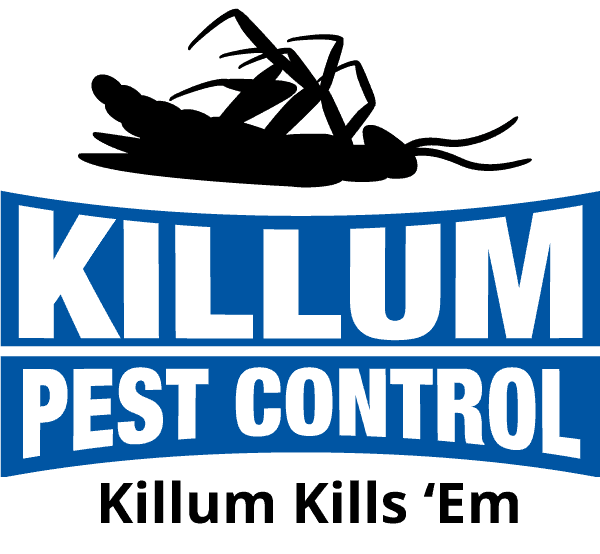As pet owners, safeguarding our furry family members from potential harm is a top priority. This includes taking proactive measures to protect them from common Texas pests that can affect their overall health and well-being. From fleas and ticks to mosquitoes, these pests can transmit diseases, cause discomfort, and negatively impact your pet’s quality of life. Implementing a comprehensive pest control strategy for your home and yard is crucial for maintaining a safe and healthy living environment for your pets, preventing unwanted infestations and the associated complications.
In this detailed guide brought to you by Killum Pest Control, Inc., we will explore the most common pet-related pest threats in Texas, discussing their potential risks and the measures you can take to effectively combat these issues.
By addressing these common pet-related pest threats in your Texas home, you can ensure a safe, healthy, and comfortable environment for your beloved furry friends. As the area’s top provider of residential and commercial pest control services, Killum Pest Control, Inc. is dedicated to helping Texas pet owners achieve and maintain a pest-free living space for their cherished four-legged companions.
Join us as we delve into the world of common Texas pests and their impacts on our pets, gaining valuable insights and guidance to protect your cherished companions from potential harm in and around your home.
1. Fleas and Ticks: Recognizing Infestations and Protecting Your Pets
Fleas and ticks are external parasites that can infest your pets, leading to severe itching, skin irritation, and potentially transmitting diseases. Early detection and treatment are crucial to ensuring your pet’s health and comfort. Here’s how to recognize and manage infestations:
– Identifying fleas and ticks: Regularly inspect your pet’s fur and skin for the presence of fleas, flea eggs, or ticks. Utilize a flea comb to identify any pests that may be present on your pet’s body.
– Risks associated with fleas and ticks: Flea infestations can cause anemia, allergies, and transmit tapeworms, while ticks can transport Lyme disease and Rocky Mountain spotted fever.
– Preventative measures: Maintain a clean home by vacuuming regularly, washing pet bedding, and treating your yard for flea and tick infestations. Speak with your veterinarian about appropriate flea and tick prevention products for your pet.
2. Mosquitoes: Safeguarding Your Pets from Mosquito-Borne Diseases
Mosquitoes pose a risk to our pets, as they can transmit heartworms, a potentially life-threatening condition affecting dogs and sometimes cats. Reducing mosquito populations around your home and yard is vital to protect your pets from these pests. Implement these strategies:
– Eliminate standing water: Since mosquitoes breed in standing water, address potential breeding grounds, such as birdbaths, rain gutters, and potted plant saucers, by reducing stagnant water sources.
– Mosquito-repellent plants: Integrate mosquito-repellent plants, like citronella and marigolds, in your garden to create a natural barrier that deters mosquitoes.
– Heartworm prevention medications: Consult with your veterinarian about the appropriate heartworm prevention medication for your pet, which can be administered in the form of a tablet, topical solution, or injection.
3. Common Household Pests and Pet Protection Measures
Common household pests, such as rodents, ants, and cockroaches, can indirectly impact your pet’s health through contaminating their environment. It’s essential to address these pests promptly with effective control measures:
– Rodent control: Keep your home clean and seal potential entry points to prevent rodents from accessing your living spaces. Utilize traps cautiously, considering the safety of your pets.
– Ant prevention: Store pet food in airtight containers and promptly clean up spills to discourage ant infestations. Employ safe ant control methods, such as pet-friendly bait traps and natural repellents.
– Cockroach management: Maintain a sanitary environment, eliminate food and water sources for pests, and utilize pet-safe bait stations and insecticides to control cockroach infestations.
4. Preventative Care for a Healthy and Pest-Free Pet
Implementing a preventative care plan for your pets is essential to ensure their ongoing health and wellness. Consult with your veterinarian to create a tailored plan, including vaccinations and regular checkups. Here are some recommendations for preventing pest-related issues in pets:
– Vaccinations: Keep your pets up-to-date on their vaccinations, which can help protect them from diseases transmitted by pests.
– Regular vet visits: Schedule routine checkups for your pets to ensure early detection and treatment of any health challenges.
– Flea and tick medication selection: Work with your veterinarian to select the most appropriate flea and tick prevention product for your pet, considering factors such as age, size, and individual health needs.
Conclusion
Protecting your beloved pets from the threats posed by common Texas pests requires ongoing vigilance and the implementation of effective pest management strategies. By addressing infestations of fleas, ticks, mosquitoes, and other household pests, you can create a safe, healthy, and comfortable environment for your furry companions. As the area’s top provider of residential and commercial pest control in Pearland, TX, Killum Pest Control, Inc. is proud to support Texas pet owners in achieving a pest-free home for their cherished four-legged family members.
Ensure the well-being of your pets by contacting Killum Pest Control, Inc. today. Our expert team is ready to provide professional advice and solutions tailored to your specific needs, allowing you to create a safe and comfortable living environment for both you and your furry friends.





